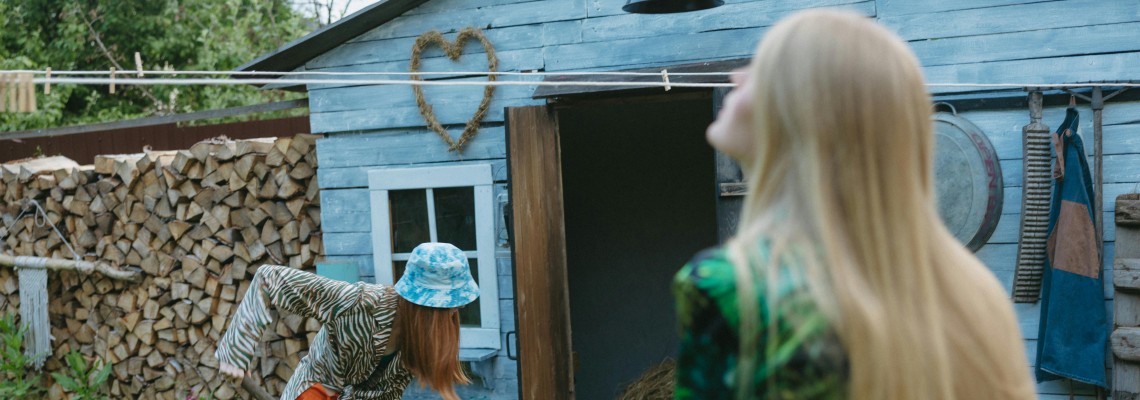
Embarking on the journey to add a garden shed to your outdoor space is an exciting venture that can enhance the functionality and aesthetic appeal of your garden. However, before diving into the development process, there are several critical factors to consider ensuring that your garden shed not only meets your immediate needs but also stands the test of time. Let’s explore these key considerations that will guide you in creating the perfect garden shed for your space.
Purpose of the Shed
Understanding the primary purpose of your garden shed is the first step in the planning process. Will it serve as a storage area for gardening tools, a workshop for DIY projects, or perhaps a cozy retreat in your backyard? The intended use of the shed will significantly influence its design, size, and the materials you'll need.
Size and Layout
Once you’ve defined the purpose of your shed, consider the size and layout that best accommodate your needs. Keep in mind how much space you have available in your garden and ensure that the shed's dimensions do not overwhelm your outdoor area. Additionally, think about the internal layout, such as the placement of shelves, workbenches, and storage areas, to maximize functionality.
Location
Choosing the right location for your garden shed is crucial. Consider factors like sunlight exposure, wind direction, and proximity to your house. You’ll also want to ensure the location is accessible and provides enough clearance for doors to open easily. Moreover, be mindful of any zoning laws or regulations in your area that may affect where you can place your shed.
Material
The choice of material for your garden shed not only impacts its appearance but also its durability and maintenance requirements. Wood sheds offer a classic look and can be easily customized but may require more upkeep. Metal sheds are durable and low maintenance, while plastic sheds provide a lightweight and weather-resistant option. Consider the climate in your area and choose a material that will best withstand the local weather conditions.
Foundation Preparation
A solid foundation is essential for the longevity of your garden shed. Whether you opt for a concrete slab, paving stones, or a wooden frame, make sure the foundation is level and sturdy. Proper foundation preparation prevents structural issues and keeps your shed secure in adverse weather conditions.
Budget
Your budget will play a significant role in many of your decisions regarding the shed's size, materials, and features. It’s important to establish a budget early in the planning process and stick to it, allowing for a contingency fund for unexpected expenses. Remember, investing in quality materials and construction can save money in the long run by reducing maintenance costs and extending the lifespan of your shed.
Style
Finally, consider the style of your garden shed. Ideally, it should complement the design of your home and garden, creating a cohesive look. Whether you prefer a traditional, rustic, or modern aesthetic, selecting a style that aligns with your personal taste and the overall feel of your outdoor space will ensure your garden shed adds charm and character to your garden.
By carefully considering these key aspects before developing your garden shed, you can ensure a smooth project process and end up with a shed that perfectly suits your needs and enhances your outdoor living space. Planning is the cornerstone of any successful garden shed project, so take the time to address these considerations and enjoy the rewarding experience of creating your ideal garden retreat.

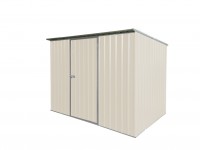

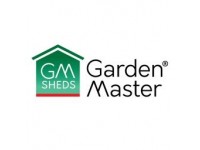

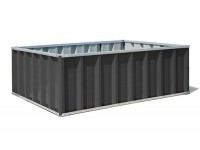
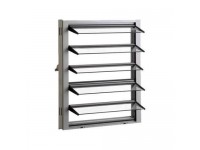
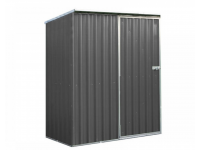
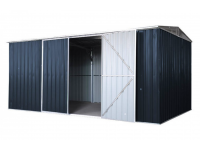
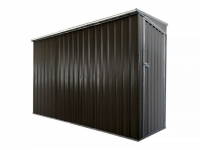
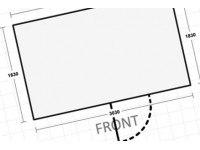
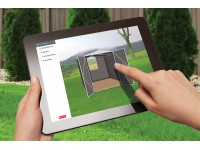

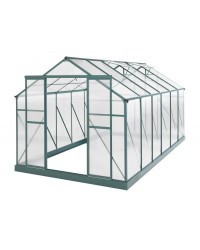
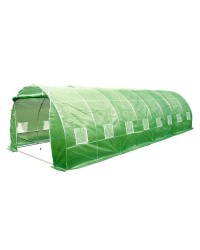
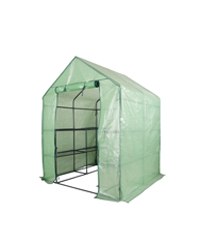
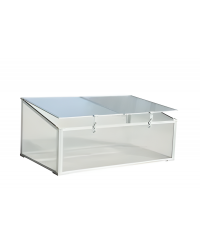
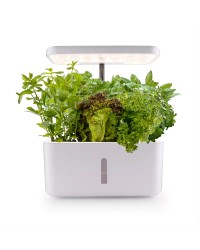
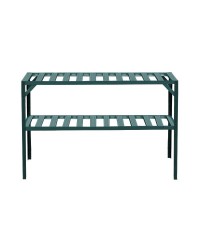
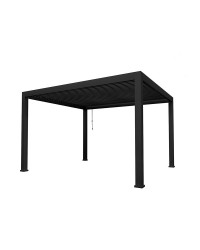
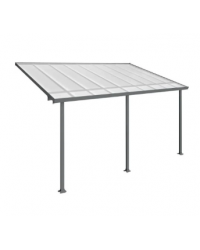
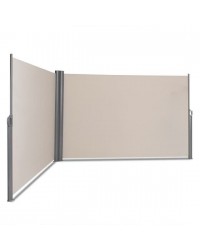

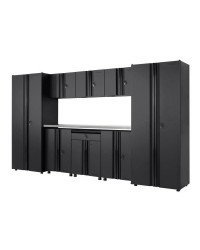
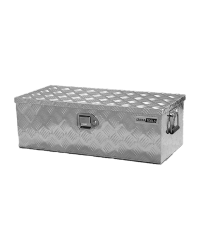
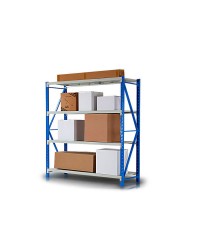
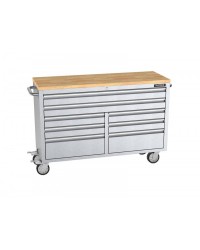
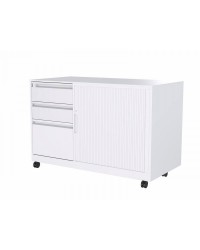
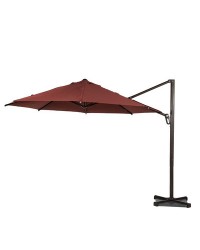
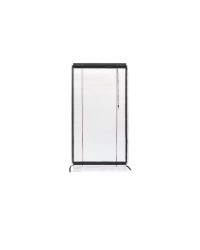
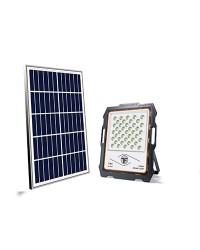
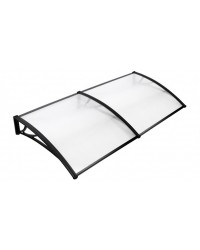
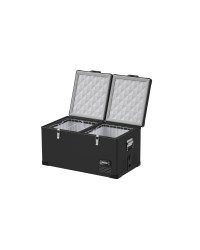
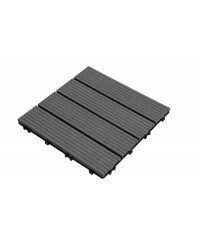
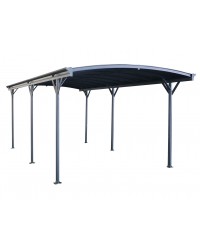
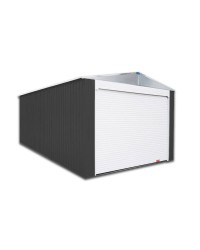





Leave a Comment